An Iron Age woman’s visage has been reconstructed following the discovery of her skeletal remains, which were exposed due to a cliff collapse approximately 2,000 years afterward.
Archaeology student Amber Manning has employed contemporary technology to recreate ‘Kimmeridge Woman’.
She is believed to have been part of the Durotriges tribe, which inhabited the region now known as Dorset, and was laid to rest in Kimmeridge on the Isle of Purbeck.
Nearly her entire skeleton emerged from the cliff because of erosion and has since been kept at Bournemouth University.
The research verified that the bones originated from the first century AD.
Ms. Manning, a master’s student in bioarchaeology at Bournemouth University, has unveiled what the woman likely resembled by recreating her precise facial appearance as part of her coursework.
She employed radiocarbon dating, a method known as photogrammetry, along with 3D printing and techniques for facial reconstruction to create the likeness of ‘Kimmeridge Woman’.
She is thought to have been in her 20s or 30s at the time of death, stood about 5 feet 2 inches tall, and had recently given birth.
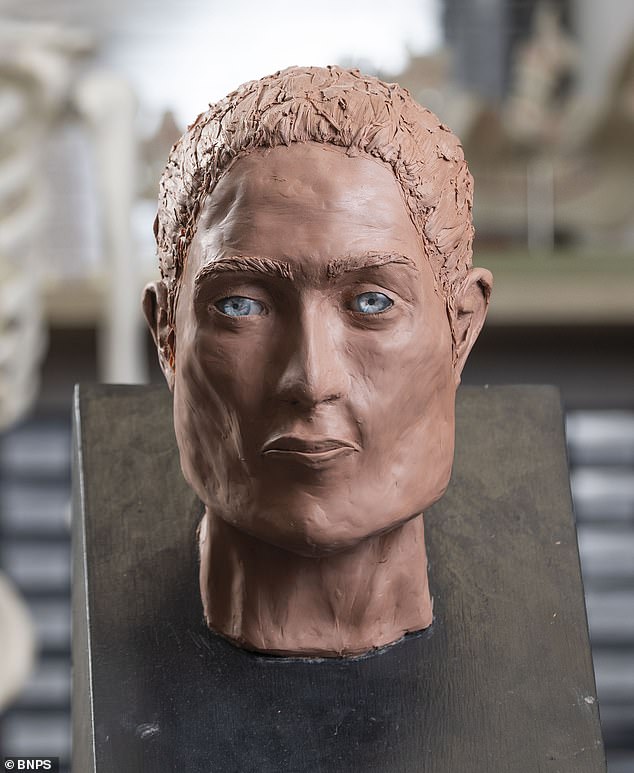
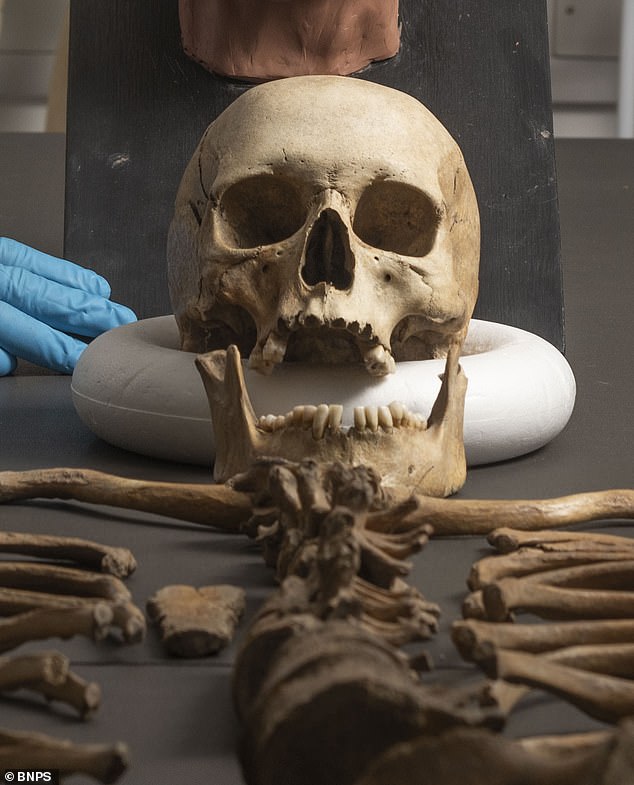
Small bones found alongside the woman indicate a baby who had survived birth but died within its first six months, although the relationship between the baby and the woman remains unclear.
The woman’s wisdom teeth never developed and while her teeth show signs of wear, there is no evidence of decay.
There was also wear and tear on her spine, indicating early stages of arthritis and issues related to a ruptured disc, suggesting a life with hard physical labour.
Ms Manning said: ‘I really wanted to work on ordinary women for my masters’ project and this was a great opportunity.
‘Her skeleton was beautifully preserved.
‘When recreating something, I often feel like we are peering into their universe.’
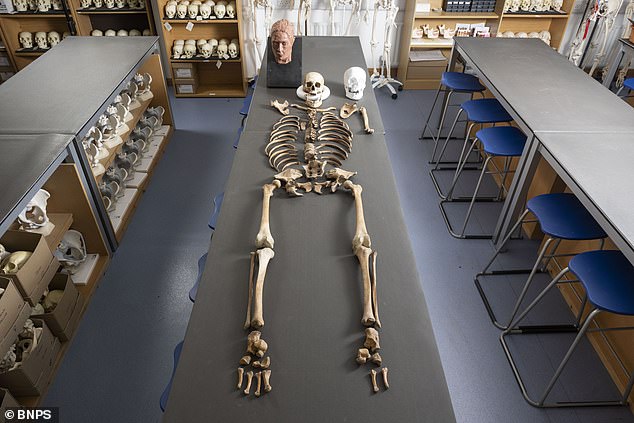
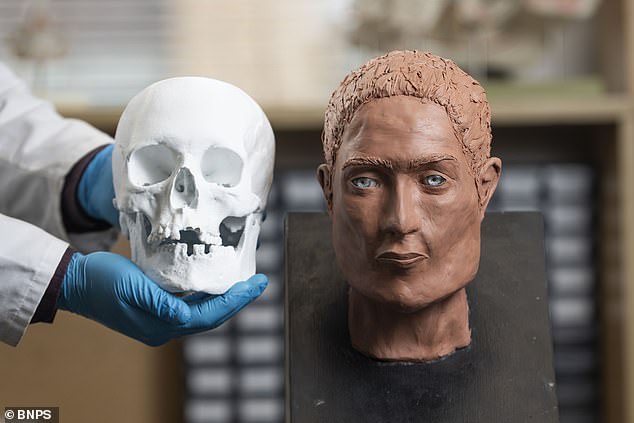
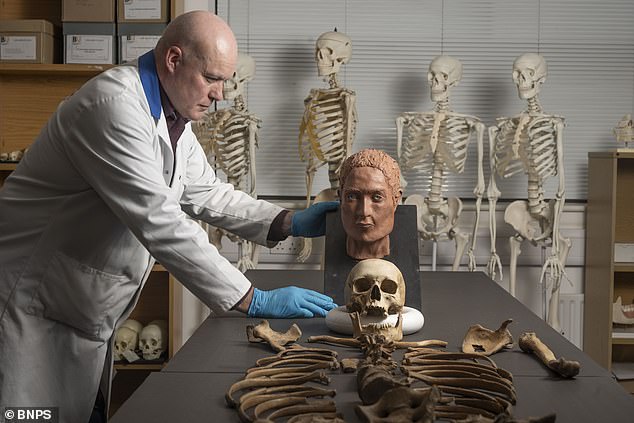
To rebuild it, they generated a 3D digital replica of her skull through photogrammetry, a technique involving numerous photos captured from various perspectives to determine the object’s form.
This was subsequently 3D printed.
I considered her age, gender, weight, and ethnic background, as these elements assist in assessing tissue thickness. In this instance, she was a female, roughly between 20 to 30 years old, who had experienced malnutrition at some point in her life.
‘I felt immense pride in the score I received and how my research unfolded.’
Ms. Manning collaborated with her university supervisor, Dr. Martin Smith, on this project. He commented, “We’re delighted to present and share some of our discoveries.”
‘The past is shared among all of us, and each person ought to have a chance to explore the lives we can piece together at times.’
I believe it’s quite likely that the woman from Kimmeridge would easily recognize the landscape we continue to inhabit today—taking her to Kimmeridge now or other areas of Dorset, she would certainly identify where she was and understand the environment we remain surrounded by.
‘Several recent research initiatives at Bournemouth University have revealed numerous significant discoveries which are contributing to our increasingly comprehensive and fascinating understanding of daily life during this era.’
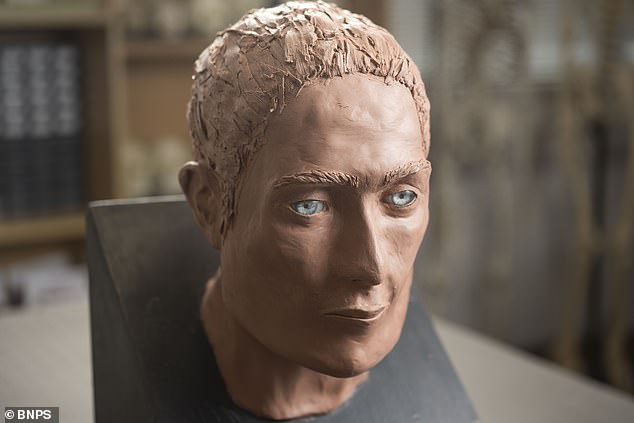
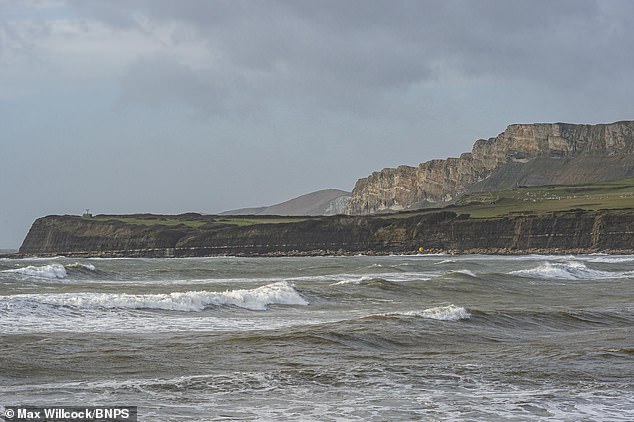
Kimmeridge Bay stands out as a prime location for geologists, thanks to its rich collection of Jurassic period fossils.
It was an industrial centre for salt production and shale extraction during the Roman period.
It is also a protected Site of Specific Scientific Interest (SSSI).
In 2023, the same year she graduated from Bournemouth University, Amber was awarded the prize for the best research project.
The 3D model of the head is set to go on exhibit at Wareham Town Museum starting April 5.
Read more





